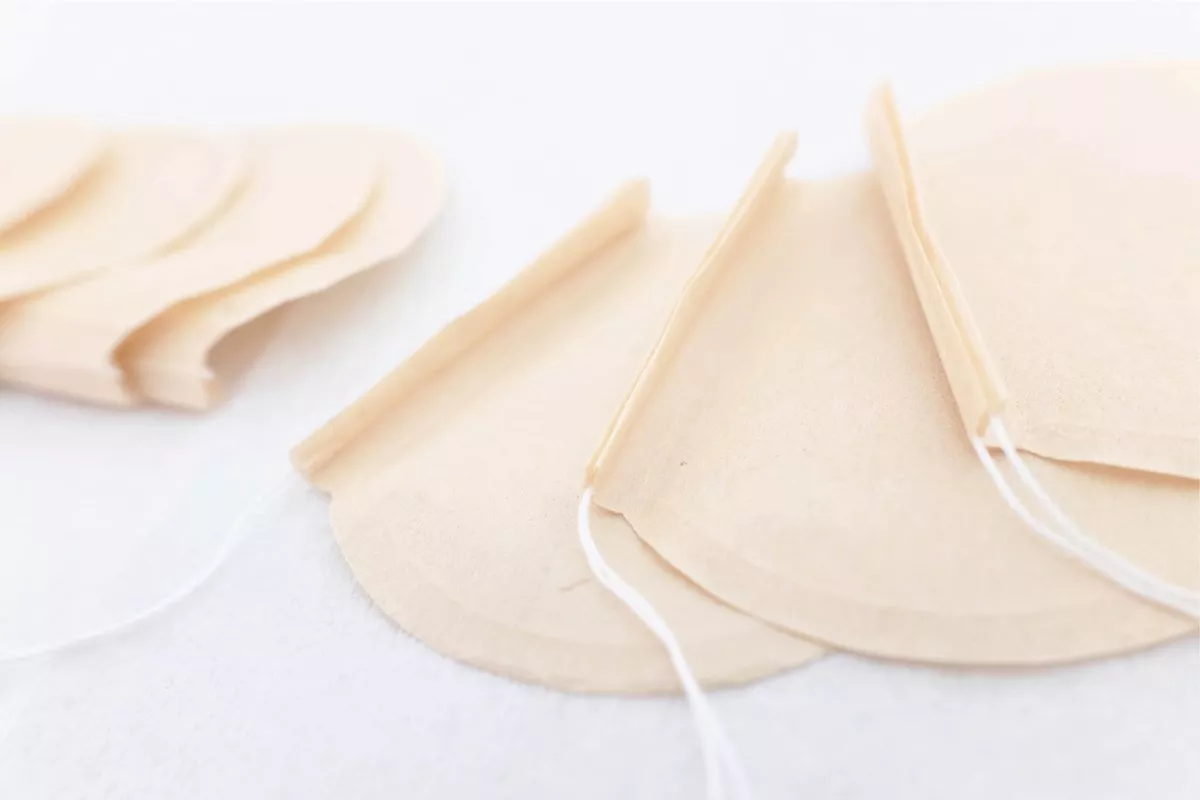MII NEWS
Inside Story of Tea Bags


Tea bags was invented in 8th Century by Tang Dynasty in China. Back then, they wrapped the tea with a paper and stitched all sides, to preserve of the tea aromas. It was not popular until Thomas Sullivan, an American tea importer, uses silk pouches to wrap his tea samples instead of using tea tins to cut cost. Some of his customers thought that the silk pouches were meant for an infuser rather than just packaging. This accidental invention increased Thomas Sullivan’s tea sales significantly, and resulted the spreading usage of tea bags.

Sourced: A selection of Lipton tea bags from 1920 to 1951, time.com/AbriefHistoryofTeaBag
As of today, we are still brewing our cup of tea the exact same way as centuries ago. The tea bag material improved as time goes by. These days, tea bags are commonly made of paper or food grade plastic, then sealed with glue, staple, or heat (plastic involved).
Paper tea bags usually uses a blend of wood and vegetable fibers material. Mostly the tea bags will go through bleaching process, where it turns into off white color. This creates a nicer and cleaner look, despite the chemical that were used during this process.
Food grade plastics has more varieties of material. There are silk, nylon, and soilon. Silk and nylon are not biodegradable due to its usage of plastic. While soilon is made of corn-based plastic that are made from industrial, genetically modified corn that are claimed to be biodegradable. However, this claim is still questionable as they have not meet the FTC’s marketing standard for biodegradability.
Other than the material, many tea drinkers discuss the impact that tea bags give to the tea leaves. Some tea bags may restrict the amount of space for the leaves to unfold during the steeping process, causing less flavor and nutrients into the cup of tea. Due to this reason, many tea companies chop tea leaves into smaller particles, thus creating more surface area that exposed to water. However, many companies use this opportunity to lower the quality of the tea leaves as consumers will not find out as the sizes are too small.
TEMA Tea took all the upside and downside of tea bags seriously. Thus, when we decide to create tea bags, we give our best efforts to eliminate the downside of tea bags. Here’s the list of what we do to create the perfect tea bag.
1. We use unbleached wood pulp paper for our tea bags. It is free from chemical and plastic.
2. We use the same exact ingredients and recipes as our loose leaf tea.
3. We use reusable pouch to package the tea bags that is locally made and sustainable.
This is our efforts to give you a practical tea experience while being Eco-friendly.
Bibliography:
- Goodwin, L. 2019. Teabags vs Loose Leaf Tea: Why is Loose Leaf Tea Better Than Teabags? https://www.thespruceeats.com/teabags-vs-loose-leaf-tea-766321
-
Lloyd, Christopher (2009). What on Earth Happened?... in Brief: The Planet, Life and People from the Big Bang to the Present Day. Bloomsbury Publishing. ISBN 978-1408802168.

